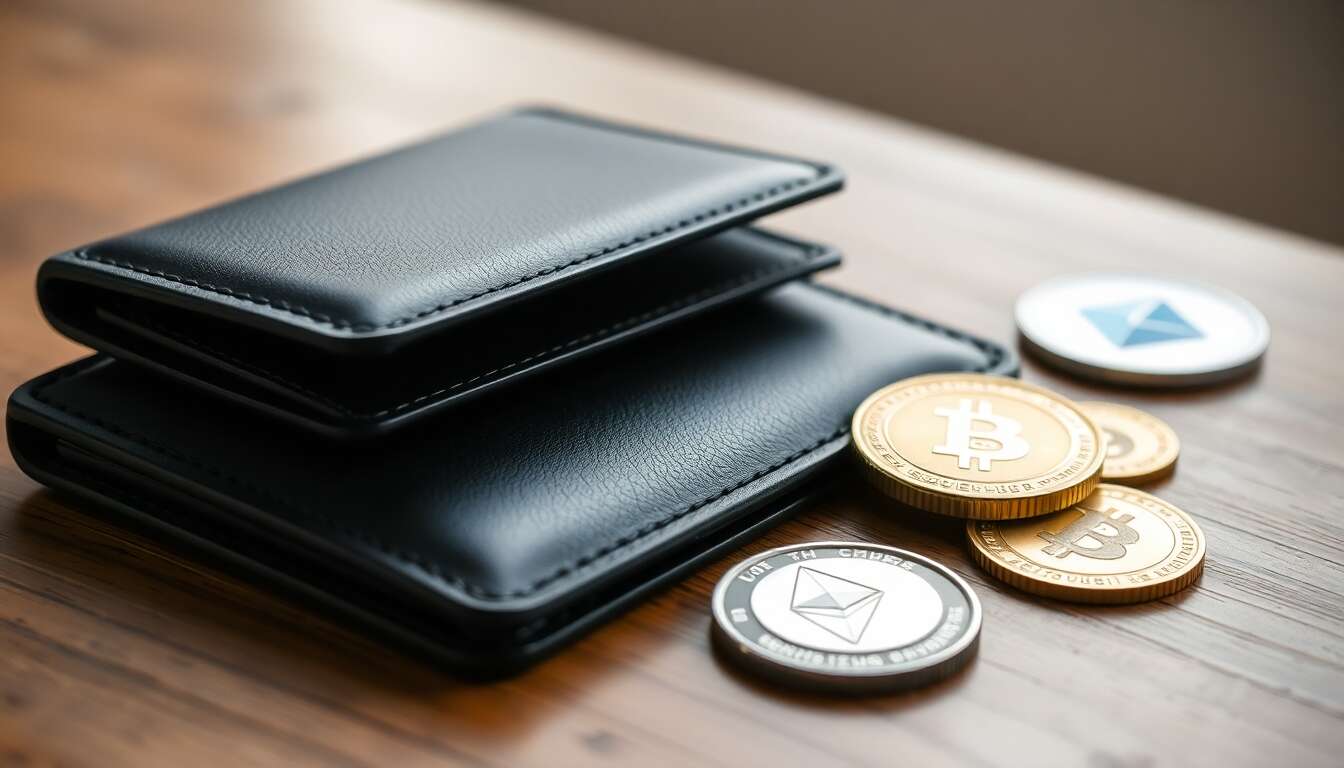The surge in cryptocurrency popularity has transformed the financial landscape, offering unparalleled freedom and opportunities. However, this freedom comes with the responsibility of safeguarding your digital assets. As the world of cryptocurrencies expands, understanding the nuances of cryptocurrency security becomes paramount for every investor. This guide delves into the essential strategies to protect your investments, ensuring your assets remain safe in an increasingly digital world.
Understanding the Basics of Cryptocurrency Security

The Importance of Security
Cryptocurrencies operate on decentralized systems, granting users full control over their assets. This unique feature makes them attractive but also vulnerable. Security is not an option; it’s a necessity. Investors need to be aware of common threats and the importance of securing their digital wallets.
Common Threats
The primary threats to cryptocurrency security include:
- Phishing attacks: Fraudulent attempts to obtain sensitive information by posing as trustworthy entities.
- Malware: Malicious software designed to gain unauthorized access to your devices.
- Exchanges vulnerability: Security breaches on platforms where cryptocurrencies are traded.
Understanding these threats lays the foundation for implementing effective security measures. The choice of a secure wallet is the next step in protecting your investments.
Choosing the Right Wallet to Store Your Assets

Types of Wallets
Selecting the right wallet is crucial. Wallets are categorized primarily into two types:
- Hot wallets: These are connected to the internet, making them ideal for frequent transactions but more susceptible to attacks.
- Cold wallets: These are offline and include hardware wallets and paper wallets, offering enhanced security.
Factors to Consider
When choosing a wallet, consider:
- Security features: Look for wallets with strong security protocols.
- Accessibility: Ensure the wallet is user-friendly and supports the cryptocurrencies you hold.
- Reputation: Opt for wallets with positive reviews and a solid track record.
After securing your assets with the right wallet, the next critical aspect is protecting your investments from scams.
Protecting Your Investments from Scams
Identifying Common Scams
Scams in the cryptocurrency world are rampant. Investors must be vigilant against:
- Ponzi schemes: Promises of high returns with little risk, which are unsustainable.
- Fake ICOs: Fraudulent initial coin offerings designed to steal funds.
- Impersonation scams: Fraudsters posing as legitimate companies or individuals.
Preventive Measures
To avoid scams, investors should:
- Conduct thorough research: Verify the legitimacy of the investment opportunity.
- Be skeptical of too-good-to-be-true offers: Exercise caution with high-yield promises.
- Use secure platforms: Stick to reputable exchanges and wallets.
Equipped with the knowledge to avoid scams, adopting good online security practices further fortifies your defenses.
Adopting Good Online Security Practices

Enhancing Your Online Security
Online security is a critical component of protecting your cryptocurrency investments. Key practices include:
- Using strong passwords: Combine letters, numbers, and symbols to create complex passwords.
- Regular software updates: Keep all devices and applications up-to-date to protect against vulnerabilities.
- Secure internet connection: Avoid using public Wi-Fi for transactions; use a VPN for added security.
Educating Yourself
Staying informed about new security practices and threats is essential. Joining forums and following cryptocurrency news can help you stay ahead of potential risks.
With robust online security practices in place, implementing multi-factor authentication adds another critical layer of protection.
Implementing Multi-Factor Authentication
Understanding Multi-Factor Authentication
Multi-factor authentication (MFA) is a security system that requires more than one method of verification to access an account. This typically includes:
- Password: The first layer of protection.
- Verification code: Sent to your mobile device or email.
- Biometric verification: Such as fingerprint or facial recognition.
Benefits of MFA
By requiring multiple forms of authentication, MFA significantly reduces the risk of unauthorized access. It is a simple yet powerful tool that enhances your security posture.
Implementing MFA is vital, but having a backup and recovery strategy is equally important to ensure your investments are never lost.
Planning a Backup and Recovery Strategy
The Necessity of Backups
Backing up your cryptocurrency wallet is crucial to prevent loss due to technical failures or human error. Consider the following strategies:
- Regular backups: Schedule regular backups of your wallet data.
- Secure storage: Store backup data in multiple secure locations.
- Encryption: Encrypt backup files to protect them from unauthorized access.
Recovery Procedures
Understanding the recovery process is essential. Ensure you have access to recovery phrases or keys, and know how to restore your wallet in case of loss.
These strategies combine to form a comprehensive security approach, safeguarding your investments against an array of threats.
The journey to securing your cryptocurrency investments is ongoing. By implementing these comprehensive strategies, investors can protect their digital assets against the myriad of risks present in the cryptocurrency world. Vigilance, education, and proactive measures are the cornerstones of effective cryptocurrency security.



